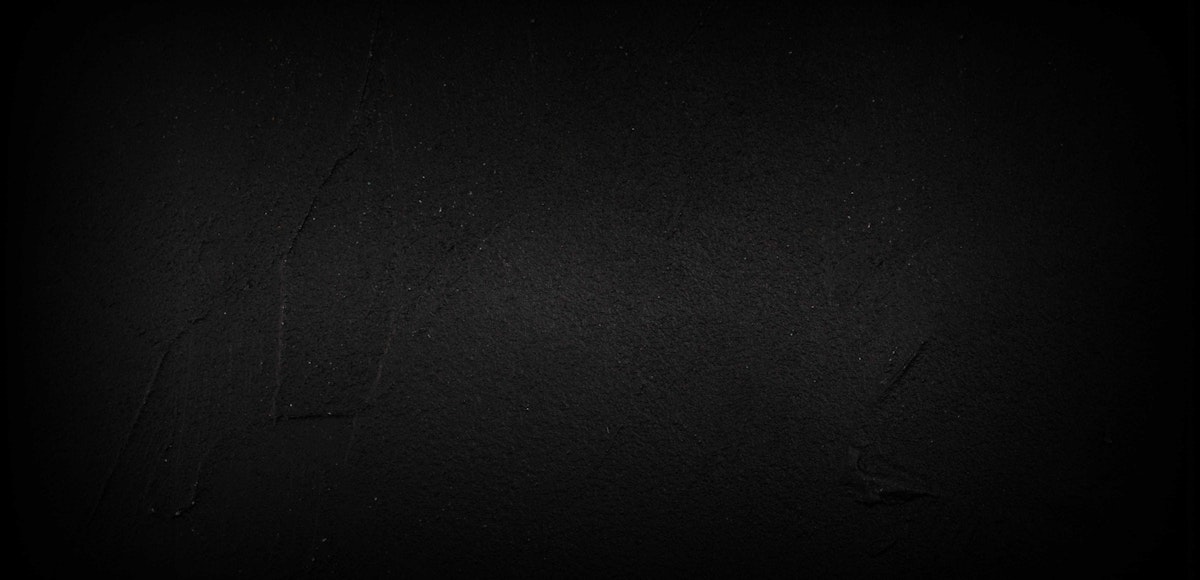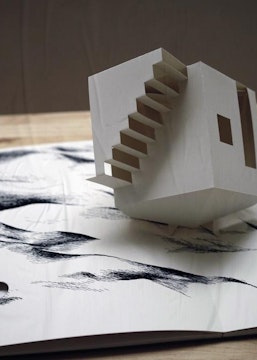
Telling stories differently Acqua Alta by Adrien M & Claire B
Claire Bardainne, Acqua Alta is an ambitious project that presents three variations of the same story using three different formats. Why was this important to you?
Adrien and I have never set limits to our formats in terms of time and space. We go from small formats to very large ones, from stage performances to interactive installations. But as we never work on one project at a time, the different creative processes overlap and pollinate. By bringing together all of our desires in Acqua Alta, we wanted to prove that a book can be a stage performance and also use film and comic book techniques and that a performance can be an immersive experience. We enjoy this kind of incongruous blend where things intersect and develop new directions, and this project is a perfect example of that. It’s always a quite complicated path but that’s just the way it has to be!
What place does Acqua Alta occupy in your company’s story?
Adrien and I have been exploring the movement of the elements since we met. Acqua Alta is completely in line with that very poetic and personal study of a relationship to the elements, which I would describe as “from living to living”. Water is an element that refers to very different things in our imagination and our personal and collective unconscious. It is related to an awakening, to resurgence and to youth, and at the same time to something repressed and dark, that we quickly associate with disaster.
We delve into how one really feels and physically experiences the sensation of being in the presence of something living. Thanks to the software developed by our company for each of the projects, the images are animated through a work of equation but also through observation of reality. That, I think, is what fosters the sensations in our projects.
The three formats proposed in Acqua Alta also provide different sensations.
In Acqua Alta – Tête à tête, the virtual reality experience, the spectator is placed in the middle of a scene in the show. Inevitably that feels different from what he or she would experience sitting in a theatre seat watching a performance on stage or looking through an augmented reality window revolving around a book. The sensations are not the same, which is due to the differences in scale, temporality, point of view and relationship to light of each of the formats.
You mentioned the software developed by Adrien who is a computer specialist. Do you think this in-house involvement makes the difference and explains how you manage to stay close to real sensations and to avoid the distant, cold side often inherent to technology?
Technological self-fascination is a pitfall of which we are very aware. Fortunately, working in tandem allows us to distance ourselves when necessary: there is always one to tell the other when it doesn’t work. But above all, there are important issues surrounding technology and what we do with it. We ask ourselves a lot of questions about how we use these tools. Are we proselytising? Are we participating in the promotion of the large multinationals that manufacture these technologies? And I believe that we are in the process of getting closer to one lead, which is technological sovereignty– or in any case the search of this sovereignty – which can be placed on the same level as food sovereignty.
As artists who use technologies, I think we have a duty to understand what we are doing, what it means and where we stand. Some artists will be in dystopia, in denunciation. With Adrien and the work we are doing with our company, the relation is one of appropriation, questioning, tinkering, discrepancy, non-productivity, poetry, locality, connecting. We are participating in the creation of a liveable future, with technology, but to a degree that, to us, seems fairer and more appropriate.





